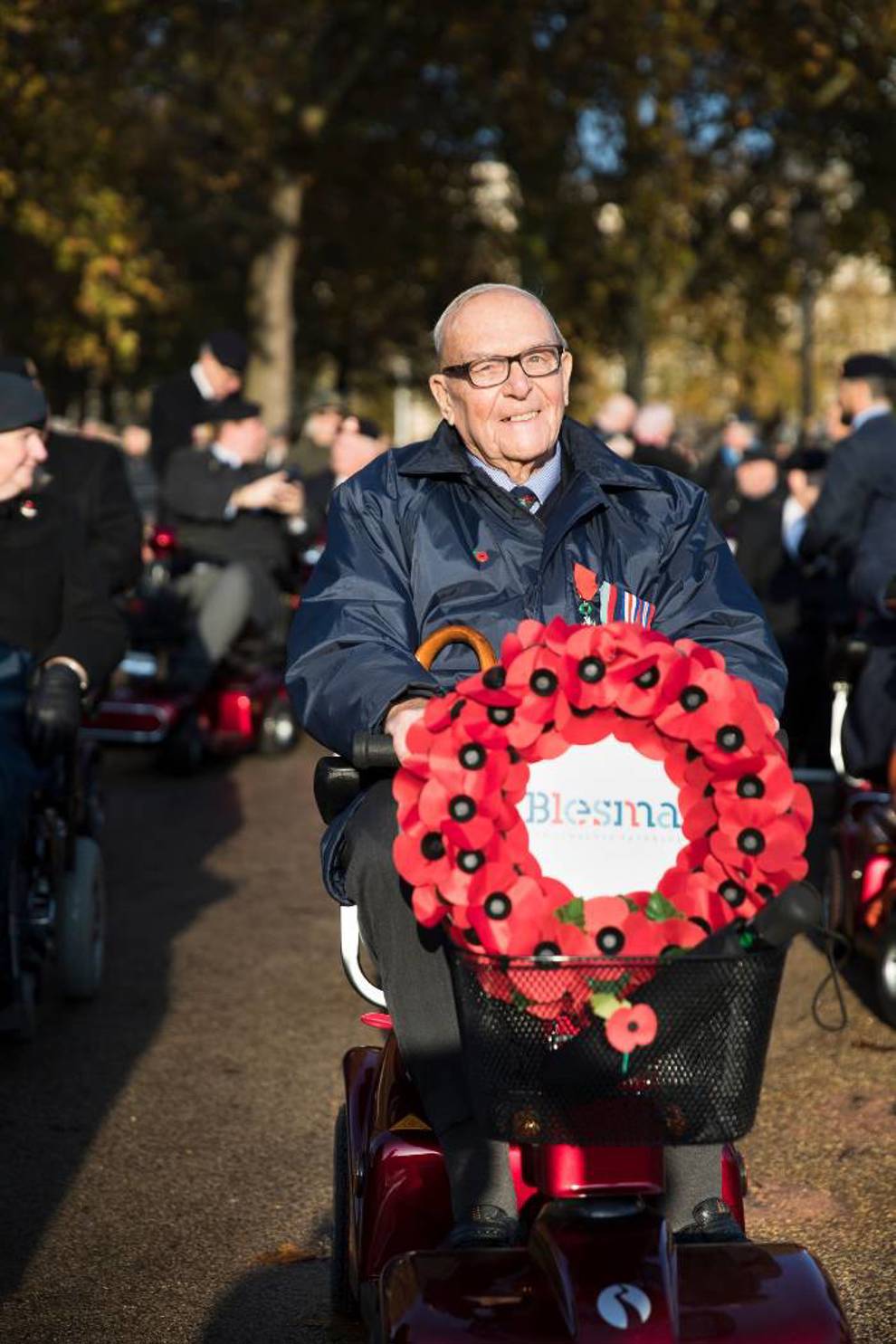Whether you’re planning on teaching your primary students about Remembrance Day, or you’re interested in learning more about the history of Remembrance – we’ve put together 5 interesting and unique facts about Remembrance Day to help you out.
1. Remembrance Sunday always falls on the second Sunday of November
The first Sunday closest to the 11th of November is chosen every year as the day to remember the fallen and injured. As Sunday is often a day of rest, many British nationals and residents of the Commonwealth will use the day to attend a local remembrance parade, honour a two-minute silence at 11AM or watch the London parade on TV.
2. 11th November symbolises The Armistice
The Armistice was an agreement between The Allies and Germany to end the fighting of WW1. As a result, soldiers stopped fighting at 11am on 11th November in 1918, starting the end of the four year-long war.
3. Poppies are associated with Remembrance Day
As a result of fierce fighting and bombing during WW1, landscapes were turned to ruin. However, resilient poppy flowers flourished – creating bright red fields, which many symbolise as a remembrance of the blood spilled on the battlefields.
The fields of poppies also provided inspiration to the Canadian soldier and poet; John McCrae who wrote the incredibly well-known poem 'In Flanders Fields'.
As far back as 1921, just three years’ after the end of WW1, artificial red poppies were sold in the United Kingdom to raise money in support of ex-servicemen and the families of fallen soldiers.
4. Over 1.2 million British soldiers have lost their lives since the start of WW1
It’s estimated that approximately over 880,000 British servicemen lost their lives during WW1, over 380,000 during WW2 and over 7,000 since WW2 in military operations including the Falklands, Afghanistan and Iraq.
Source: UK Armed Forces Operational Deaths
5. Remembrance Day isn’t just to remember the fallen of WW1
Remembrance Day was originally created after WW1 to remember the fallen soldiers of WW1, their families and support servicemen injured as a result of warfare.
27 years after WW1, saw the start of WW2 and since the end of WW2, the UK Armed Forces have been deployed over 80 times for combat missions.
As a result, Remembrance Day is now also a time to remember all of the servicemen and women who have lost their lives as a result of war, been severely injured – resulting in life-changing injuries and commemorating those who have served for our country. Remembrance Day also has a personal meaning to all veterans and military personnel currently serving.


Many across the UK will also donate or decide to fundraise for a war veteran charity of their choice during November.
Blesma, The Limbless Veterans, is dedicated to assisting serving and ex-Service men and women who have suffered life-changing limb loss or the use of a limb, an eye or loss of sight in the honourable service of our country.
Whether you’re a teacher, student or parent, why not get involved and fundraise for war veterans or help spread the word!

Remembrance Day Appeal 2024
We can help
We are dedicated to assisting serving and ex-Service men and women who have suffered life-changing limb loss or the use of a limb, an eye or sight. We support these men and women in their communities throughout the UK. Click the link below to find out the different kinds of support we offer.
Get Support